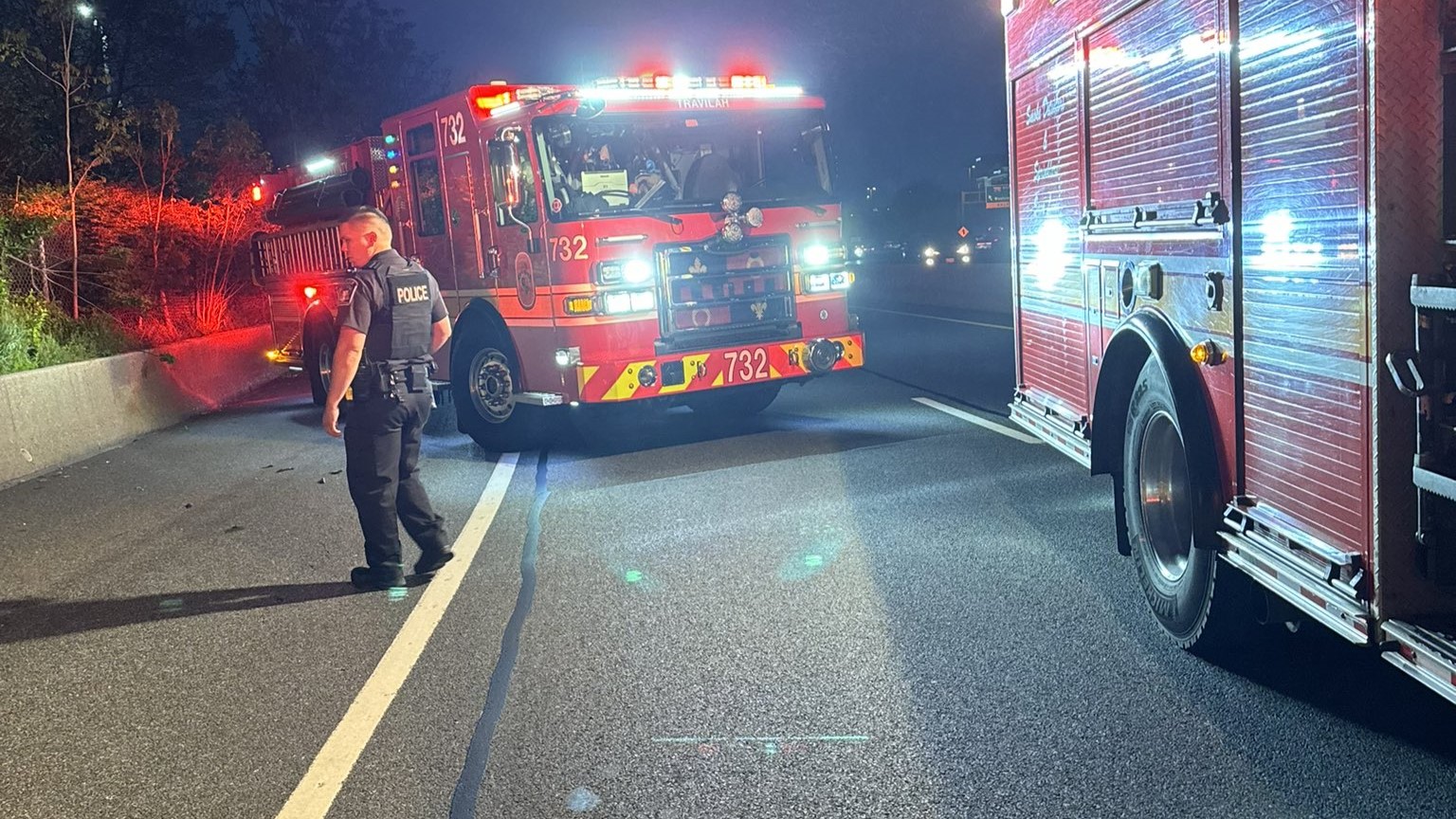The COVID-19 pandemic created “crisis”-level worker shortages at many U.S. long-term care facilities and nursing homes, as workers were sidelined by illness, quarantine or childcare challenges. But a review by the News4 I-Team found it also exposed long-term staffing shortages that many experts say are likely to remain even after the pandemic subsides.
“The workforce shortage in health care predates the pandemic, but the pandemic shone a bright light on it and made it way worse,” said Joe DeMattos, president of the Health Facilities Association of Maryland. “Job No. 1 in health care right now … but specifically in nursing homes and assisted living, is workforce development, workforce recruitment and workforce retention.”
An October 2020 report by the U.S. Department of Health and Human Services blamed low wages, challenging working conditions and the high risk of COVID-19 infection for why many may have left the field last year.And it warned: “The COVID-19 pandemic has intensified workforce shortages to crisis conditions, putting the safety and well-being of both vulnerable residents and nursing home staff at risk.”
The shutdown of visitations and the staffing crunch during the pandemic made it difficult for some families to get updates about their loved ones inside facilities, according to a series of people who spoke with the I-Team. And they described how staffing challenges impacted their loved one’s care, with complaints that include delays in receiving medication or hygiene care, as well as poor documentation of critical treatments.
We're making it easier for you to find stories that matter with our new newsletter — The 4Front. Sign up here and get news that is important for you to your inbox.
Sue Hansen said her mother saw disruptions in service last year at her assisted-living facility in Montgomery County, where she has lived for the past few years. At times, she had trouble getting her medication or someone to change her undergarments and would phone her daughter for help.
“When she would push the call button for assistance, sometimes it would take three or four hours for anybody to respond,” Hansen told News4.
Though Hansen lives just minutes away from the facility, she said she struggled to reach managers there during the worst months of the pandemic — even once when she showed up in person. She said when she eventually reached an administrator on the phone, he explained the facility was short-staffed.
Local
Washington, D.C., Maryland and Virginia local news, events and information
“I understand we're all stretched to the max everywhere in every occupation, but I would think that you could get somebody in there to change a person in a reasonable amount of time,” Hansen said. “Ten, twelve hours. It's just not reasonable.”
Hansen said the facility improved its performance and responsiveness in recent months as the crisis began to ease in long-term care centers nationwide. Through a spokeswoman, that facility declined comment for this story.
In another instance, a September 2020 inspection report of a Baltimore facilityfound staffing challenges amid a series of mistakes, including failure to provide records of medications or treatments. According to the survey by the Maryland Office of Health Care Quality, “The facility lost several staff or staff chose to stop working at the facility.”
The survey also said, “The (director of nursing) stated when she came back to the facility after having been on leave, many staff were terminated for not completing records or writing documentation.”
According to the report, inspectors also found “no care plan interventions in place to turn and reposition a resident who had 16 wounds or to place splints on extremities for the resident that had severe contractures.”
Teresa McFadden told the I-Team that resident was her late mother, who entered the facility in spring 2020 before the lockdown began. McFadden said that by the time she saw her mother again last fall, she had developed severe contracture, in addition to the bed sores, that prevented her from straightening her body or being able to feed herself. Her mother died last fall from a pulmonary embolism.
“When I saw her, I wasn't expecting to see her like I did, you know. She was in a fetal position and she had ... bandages all over her body,” McFadden said.
In a statement, an administrator for the Baltimore facility said the center has resolved the “paperwork violations” found in the September report. The administrator added: “We also recognize that humans make mistakes, and throughout this difficult period our nurses, doctors, aids, housekeepers, members of the dietary teams and other staff have worked tirelessly, going above and beyond on heroically caring for members of our community.”
The Long Term Care Community Coalition, a nonprofit that tracks nursing home care issues, analyzed federal staffing reports and found that — in the fourth quarter of 2020 — three in every four U.S. nursing homes failed to meet minimum recommended staffing thresholds.
The I-Team’s review of that same data found the average time spent by staff with residents in long-term care facilities in Virginia, Maryland and the District of Columbia is also below the amount recommended by national groups.
DeMattos said that, in many cases, the number of hours staff spent per resident went up, in part because fewer people went to those facilities from hospitals when surgeries were canceled.
Meanwhile, the overall population of nursing home residents — called its census — dropped by as much as 14 percent nationally as many elder Americans died, according to the Long Term Care Community Coalition.
"Far more lives were saved than were lost,” DeMattos said, adding, “The numbers for the COVID-19 pandemic in Maryland will bear out that the hours per care per patient actually increased ... over the course of the pandemic.”
In a statement, the American Health Care Association/National Center for Assisted Living called recruitment and retention “among the most pressing challenges confronting long-term care” and blamed chronic Medicaid underfunding as a factor.
The organization called for “proper government sources” to support workers and improve quality of care. Advocates also say higher pay and benefits are key, such as tuition assistance and growth opportunities.
DeMattos said employers must also draw a distinction between hiring and recruiting and work to bolster the perception of the work itself.
“We have got to double our efforts to remind people that the work that's done in nursing homes is God's work ... It is a noble place to work,” DeMattos said. “And we have got to recruit and retain and grow that workforce.”
Reported by Scott MacFarlane, produced by Katie Leslie, and shot and edited by Evan Carr and Jeff Piper.



